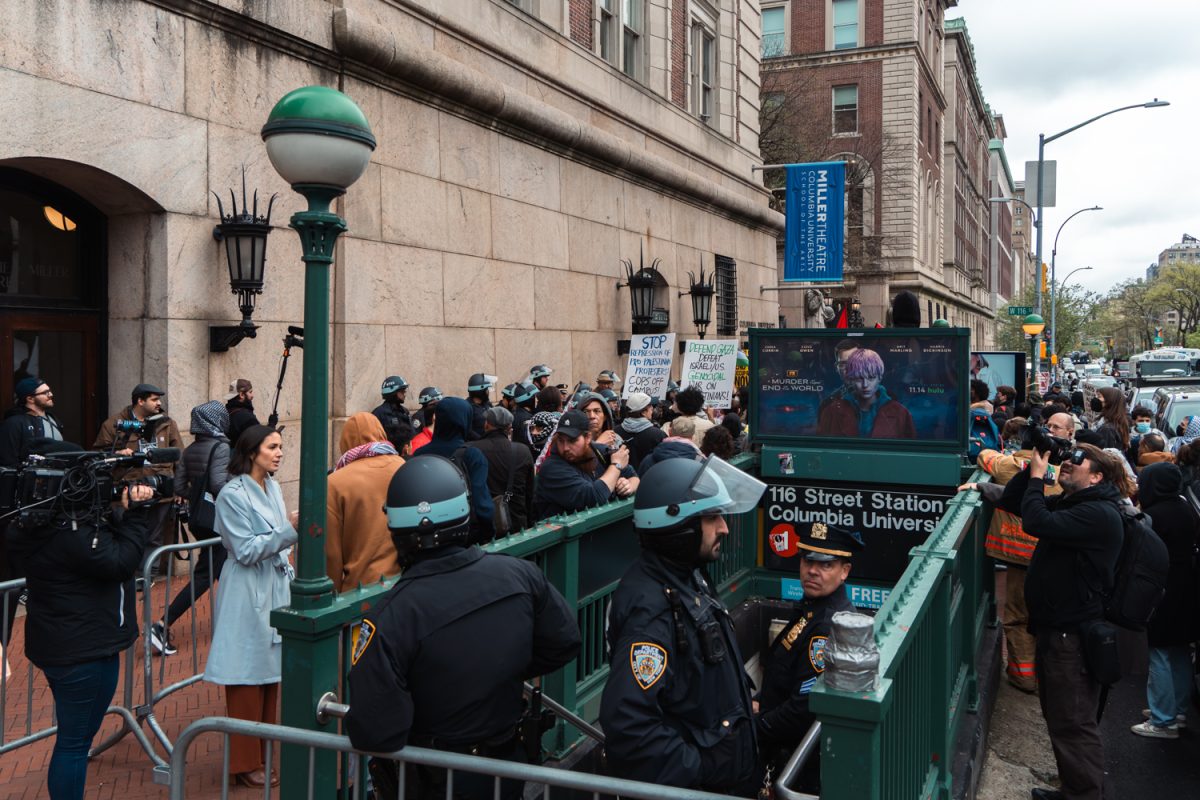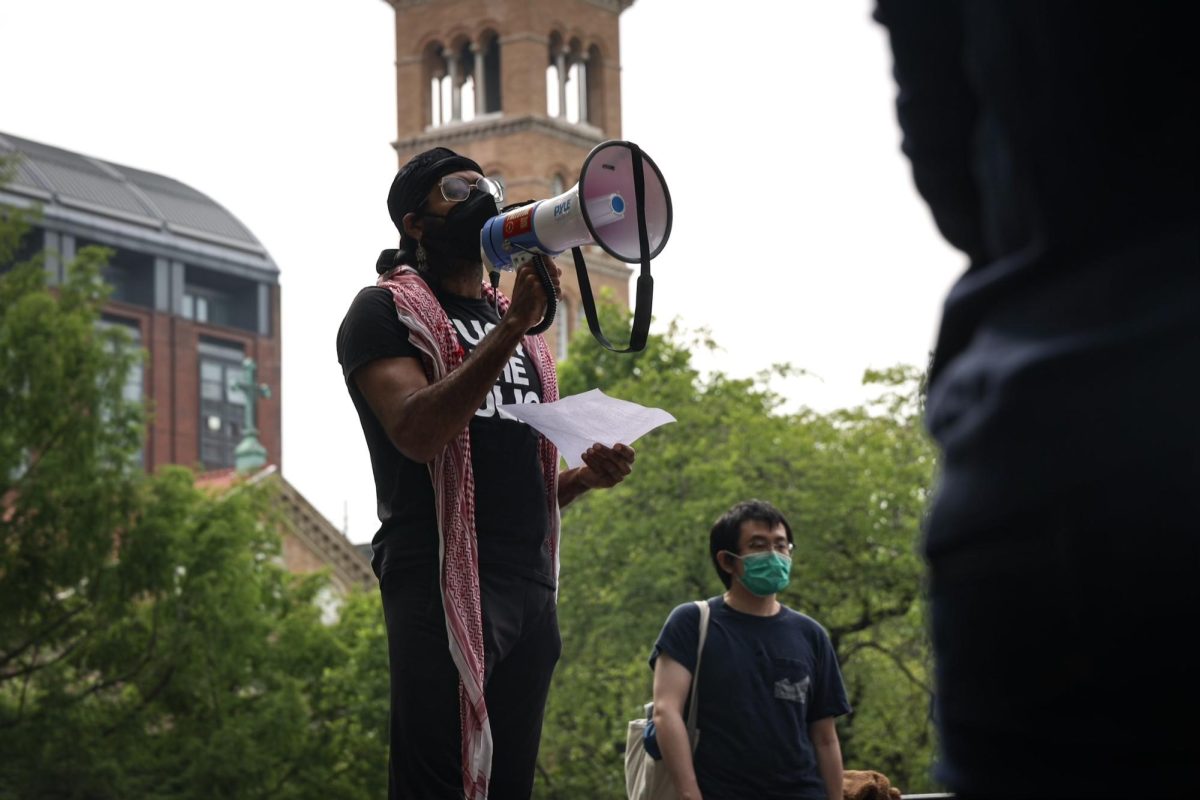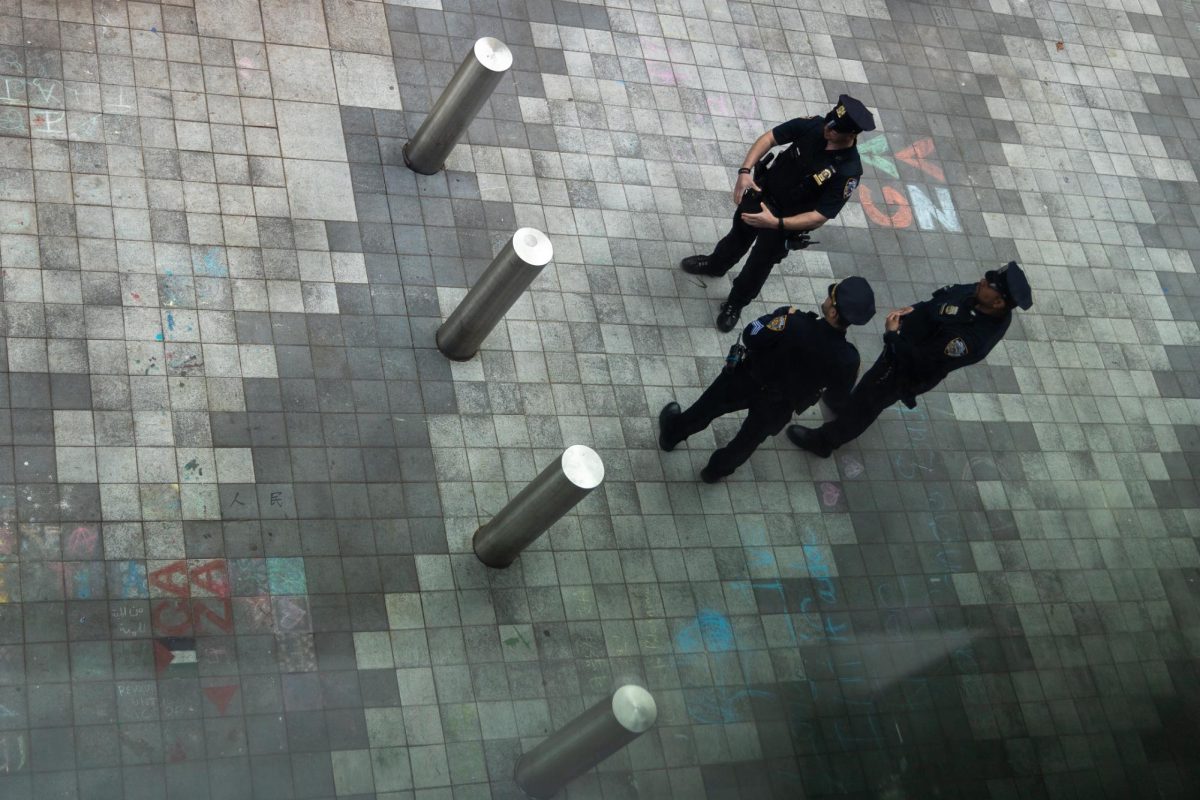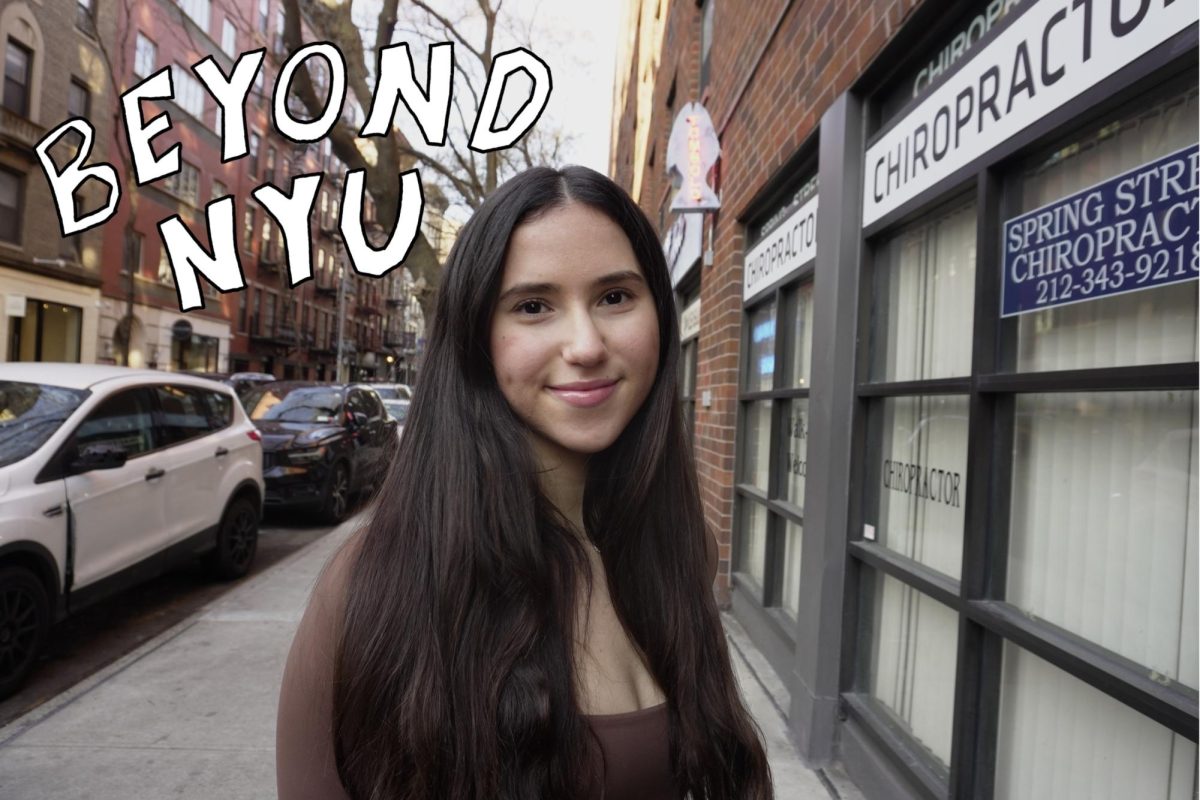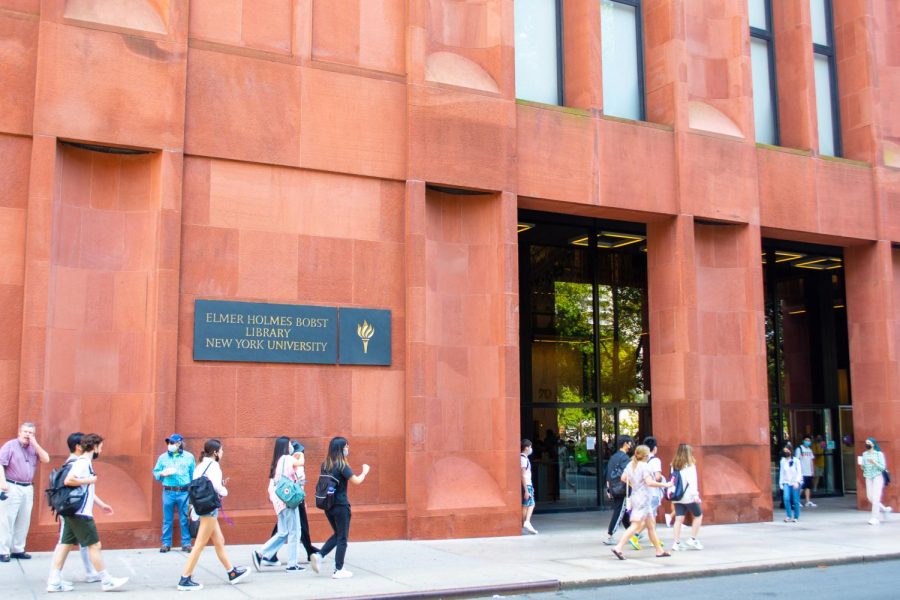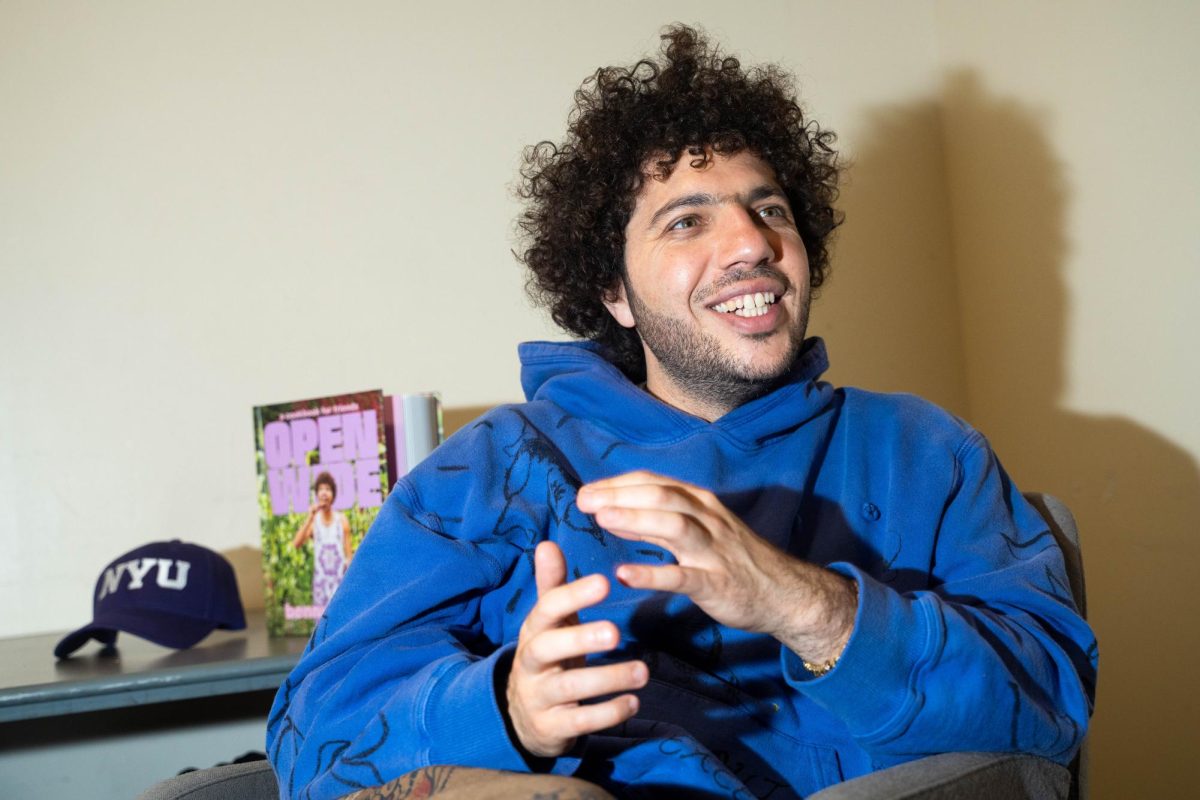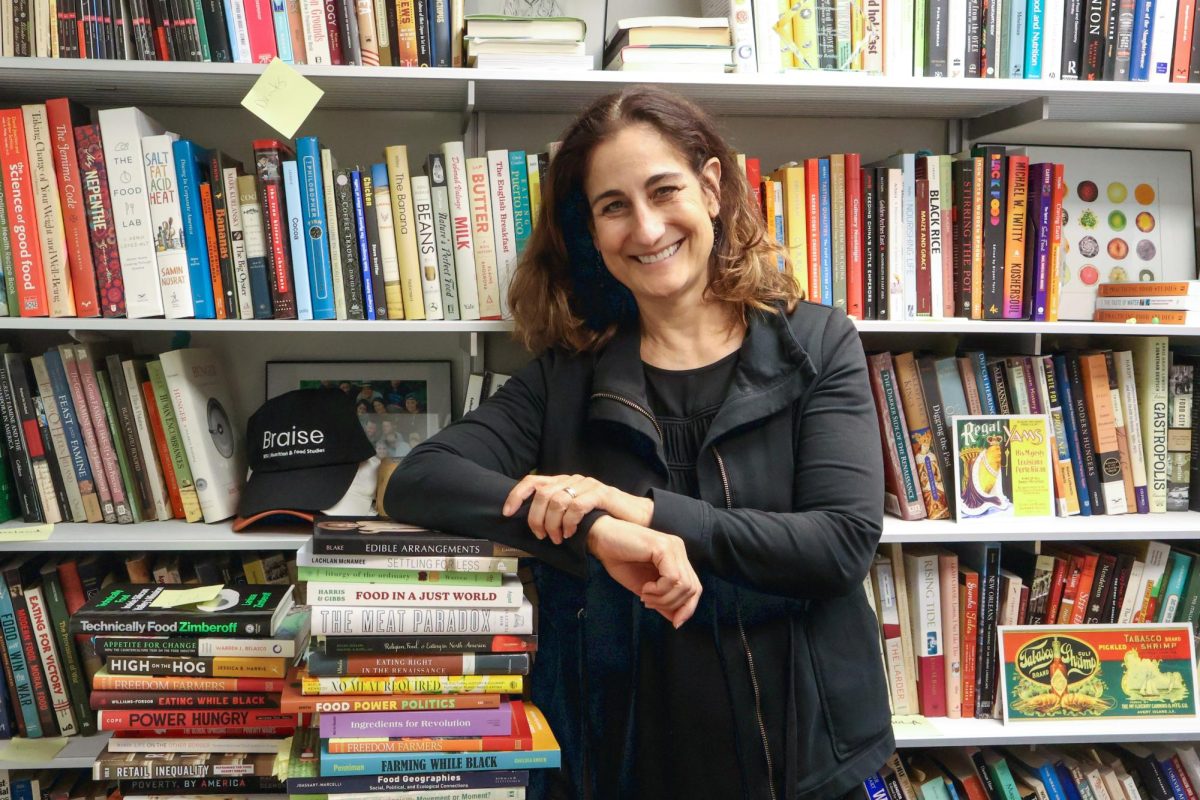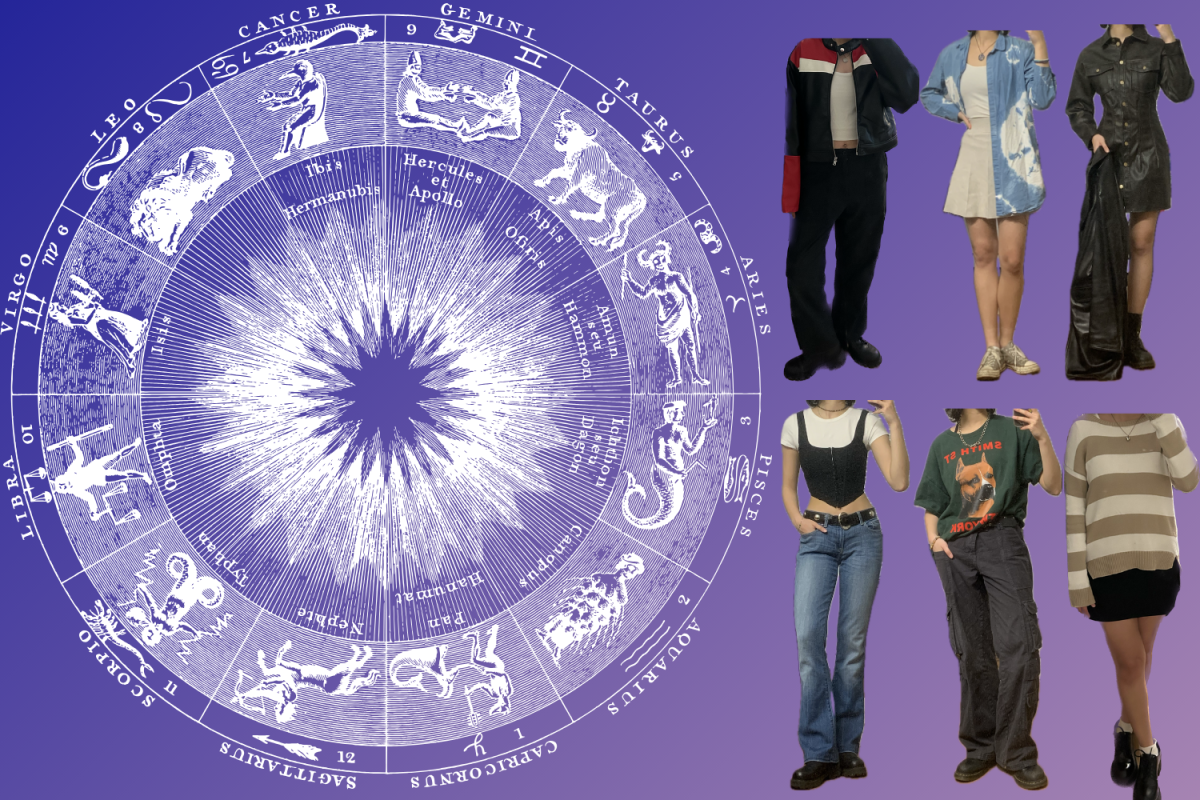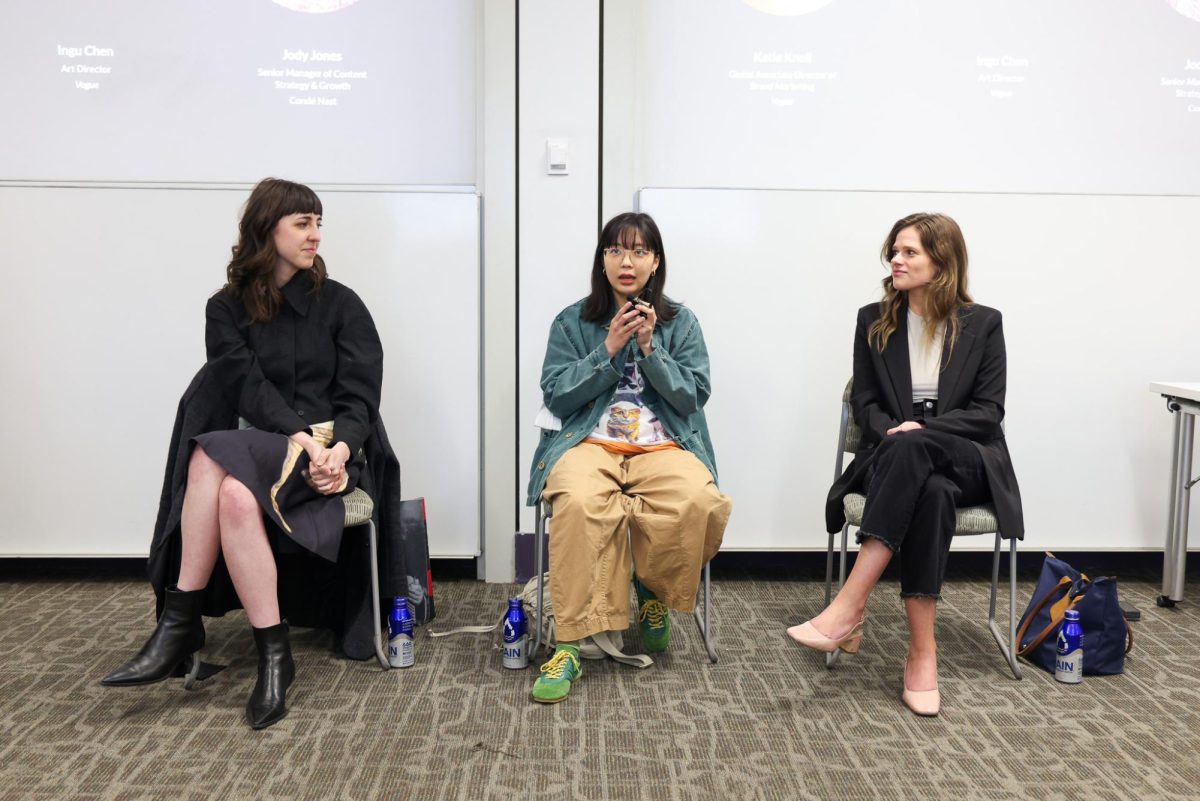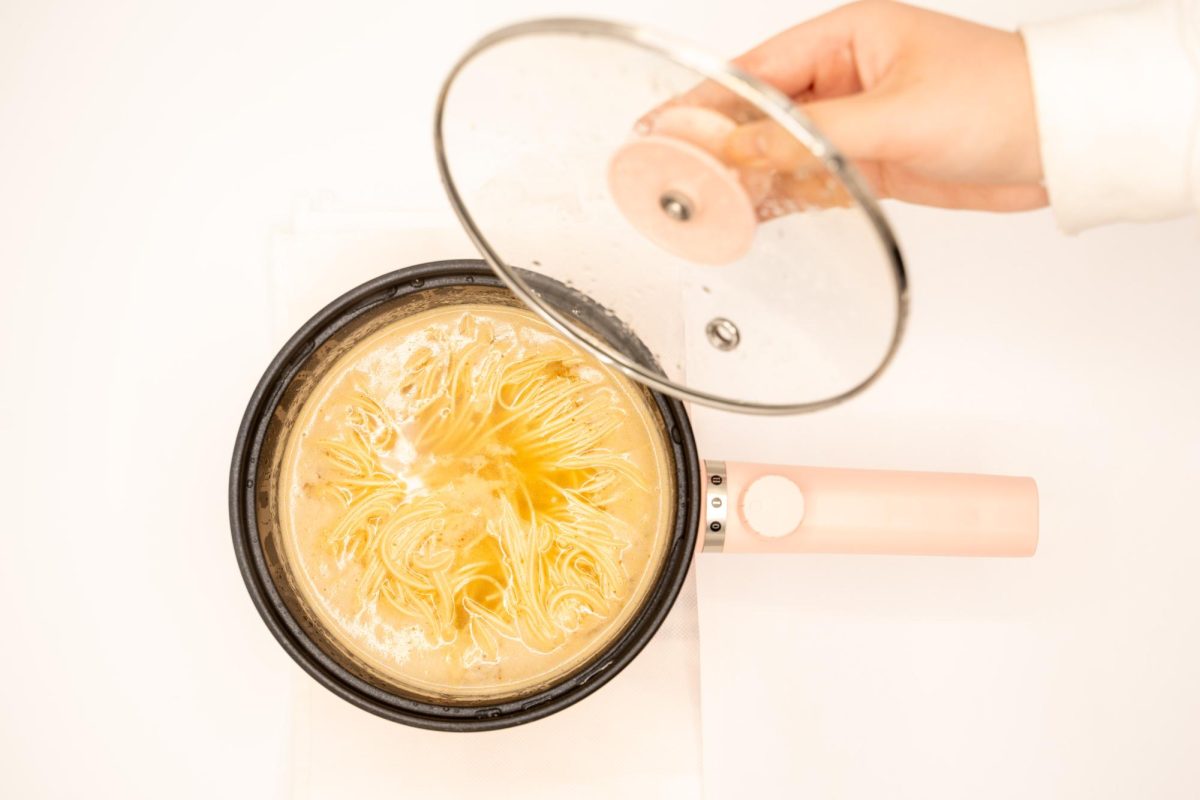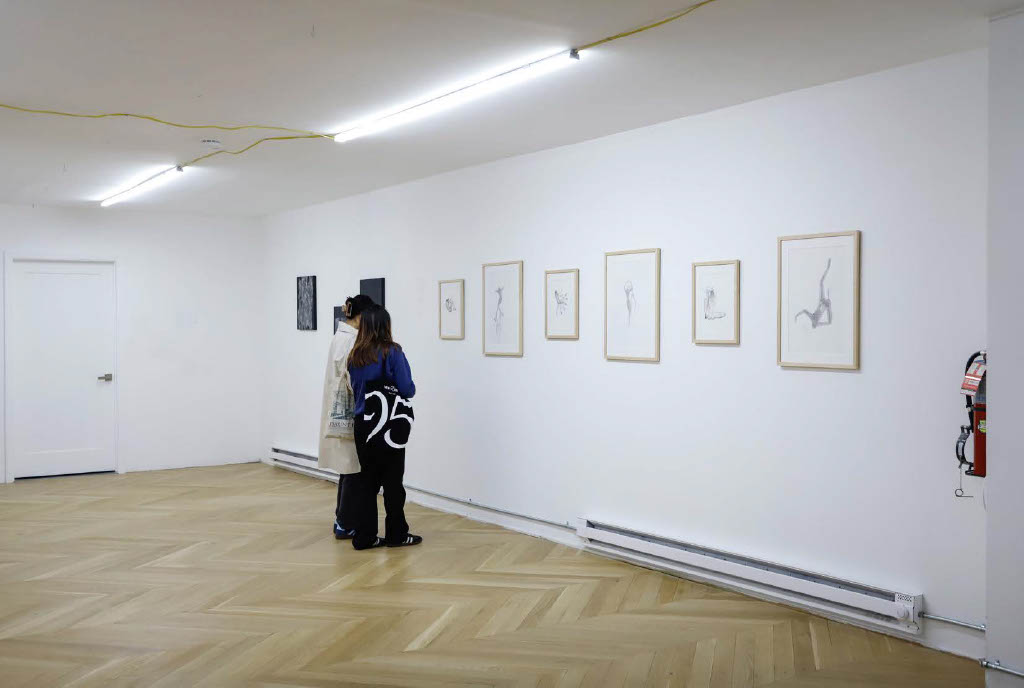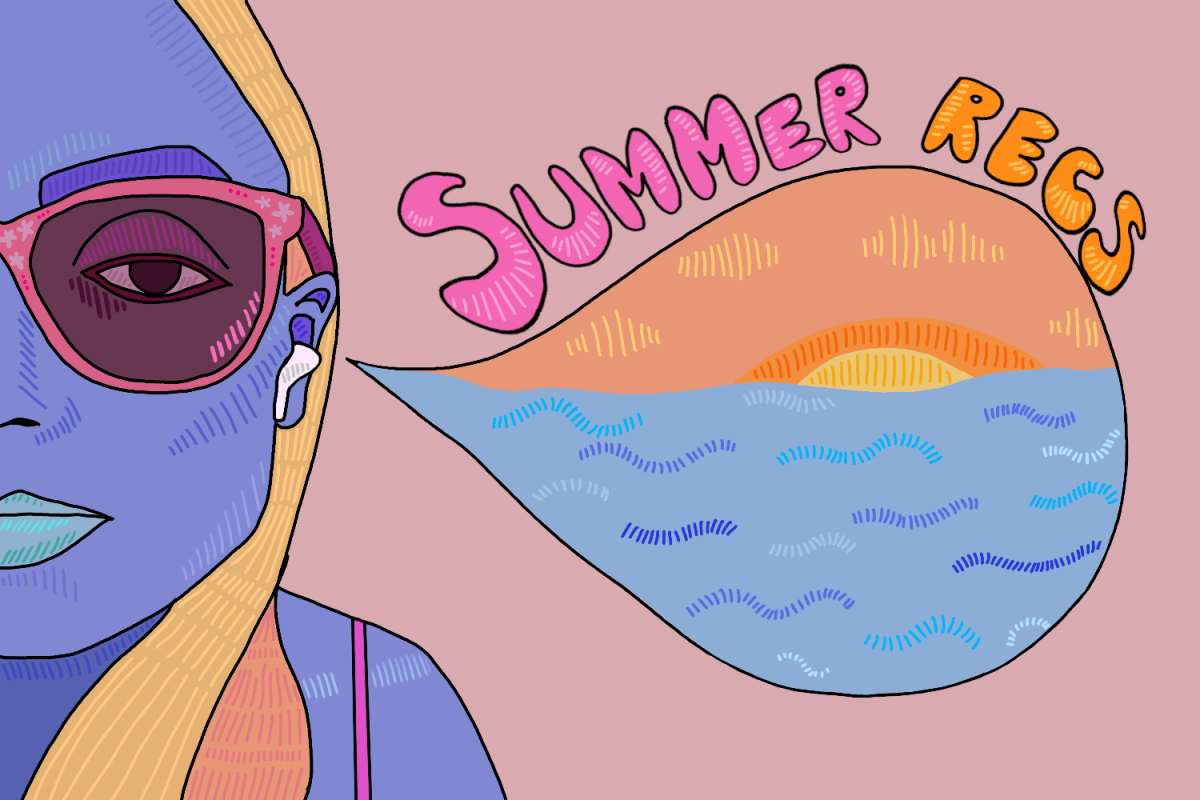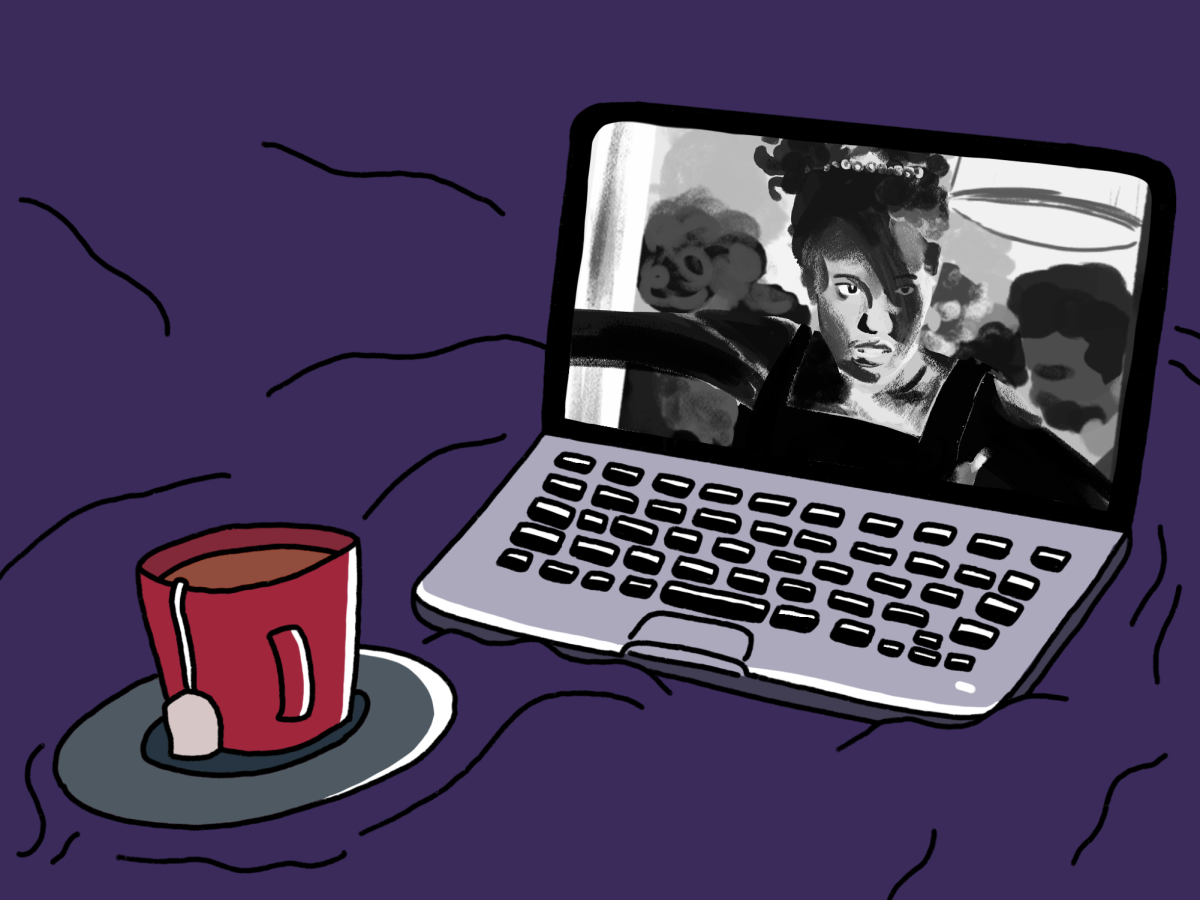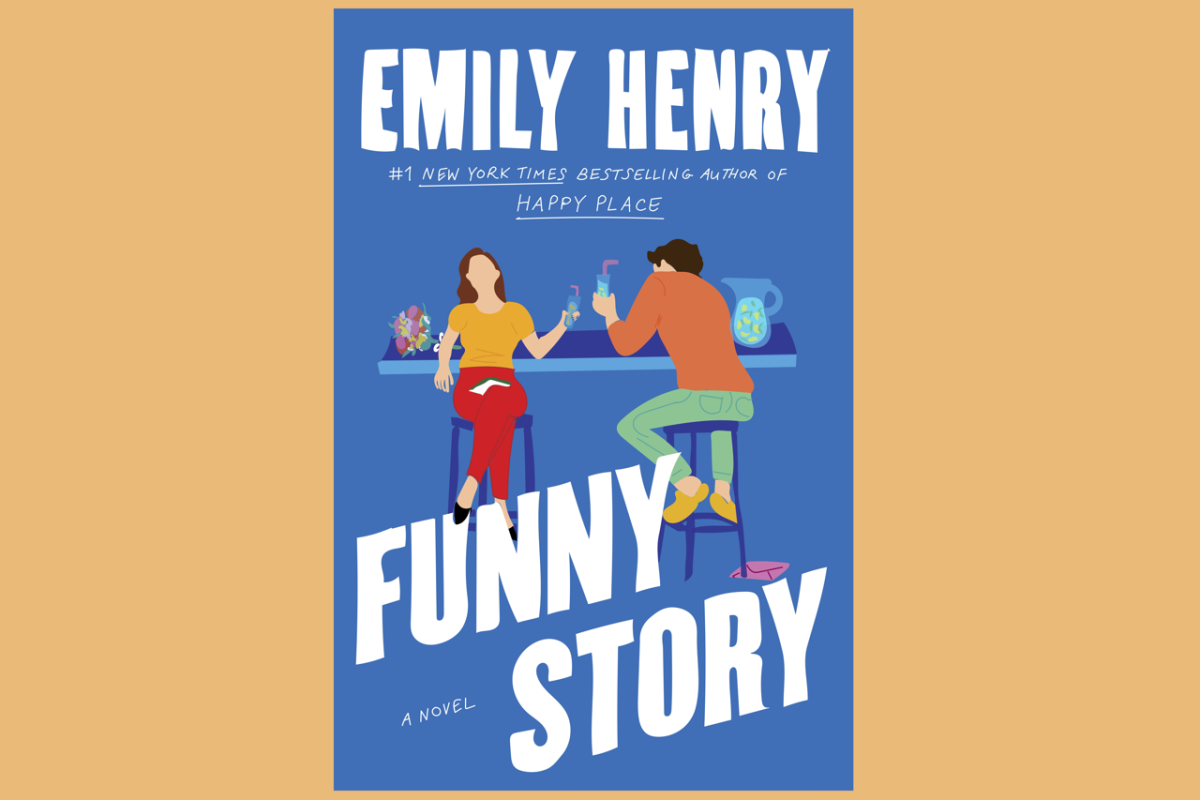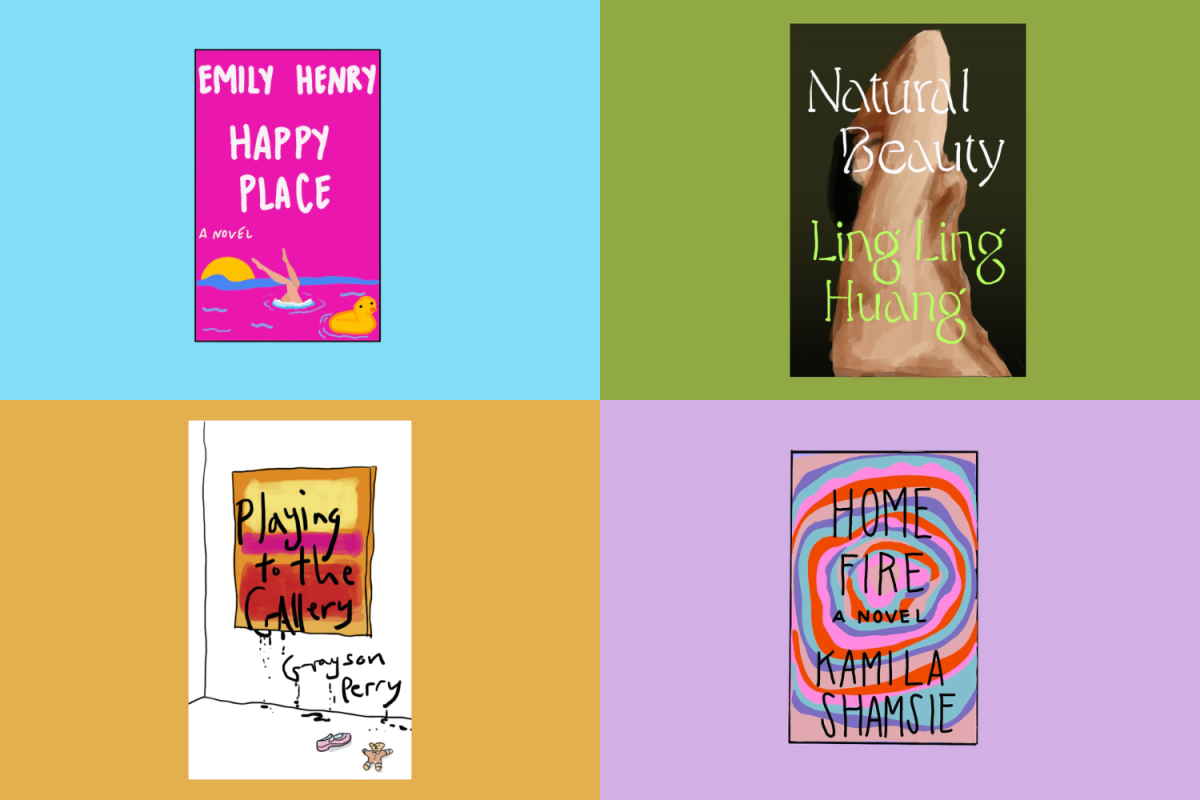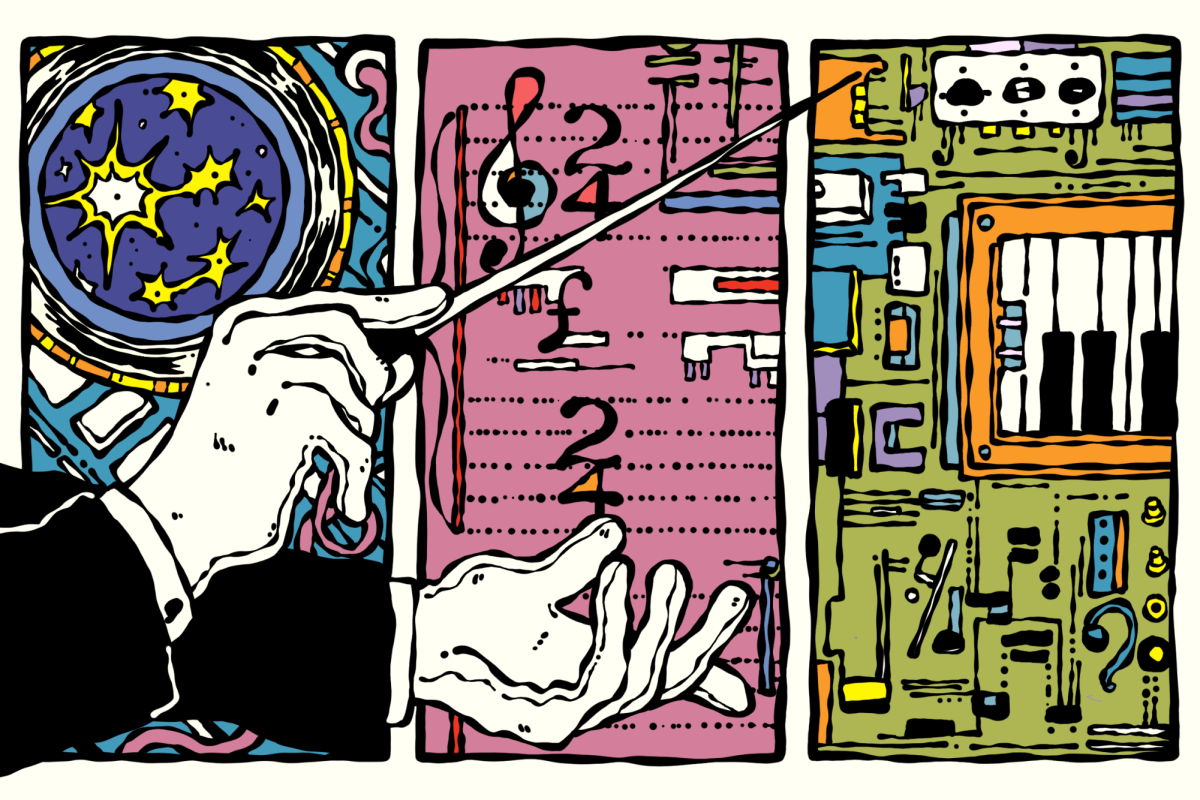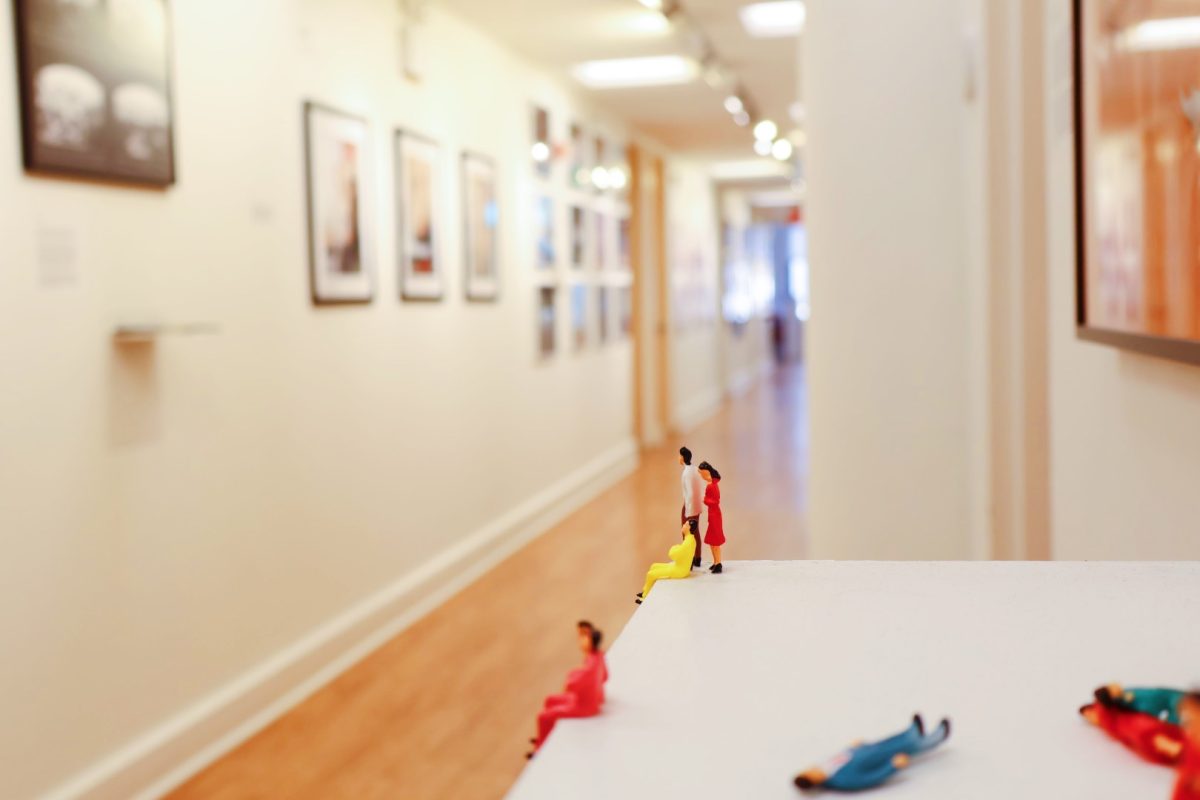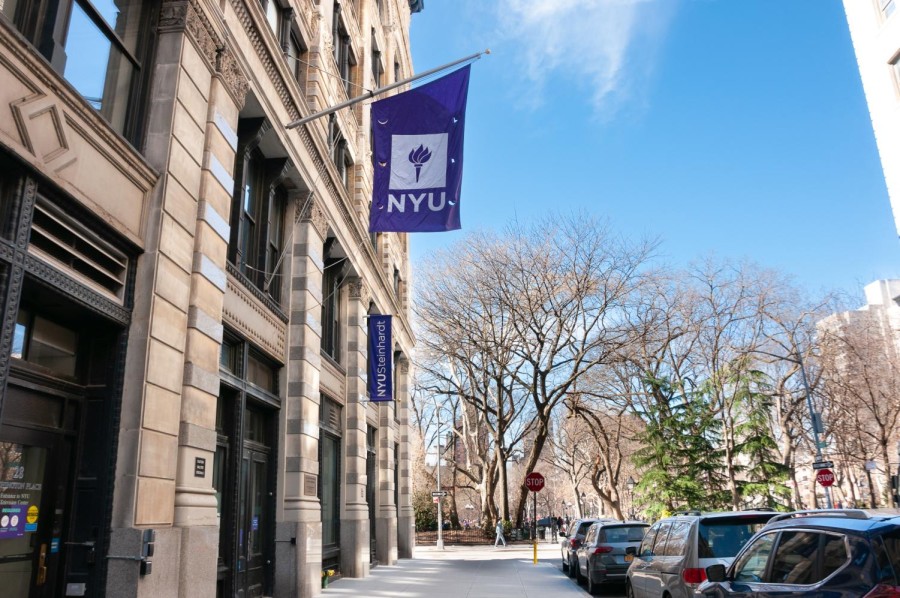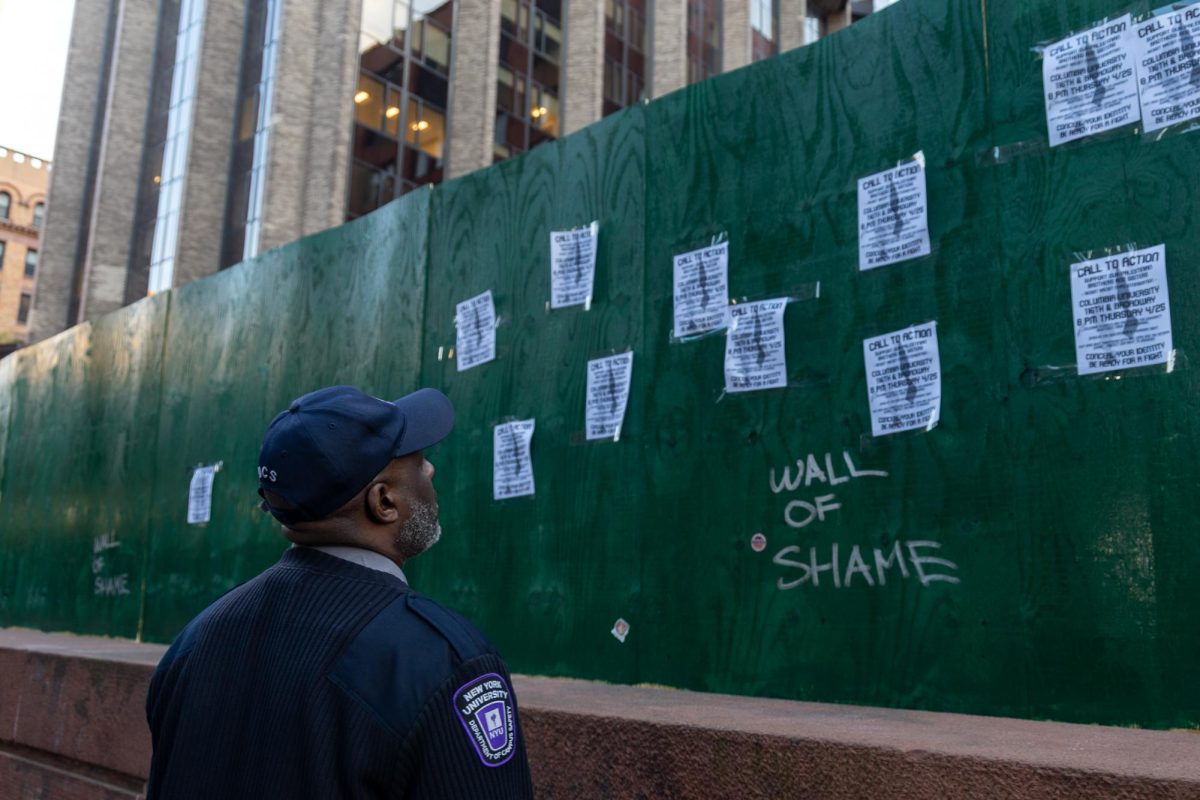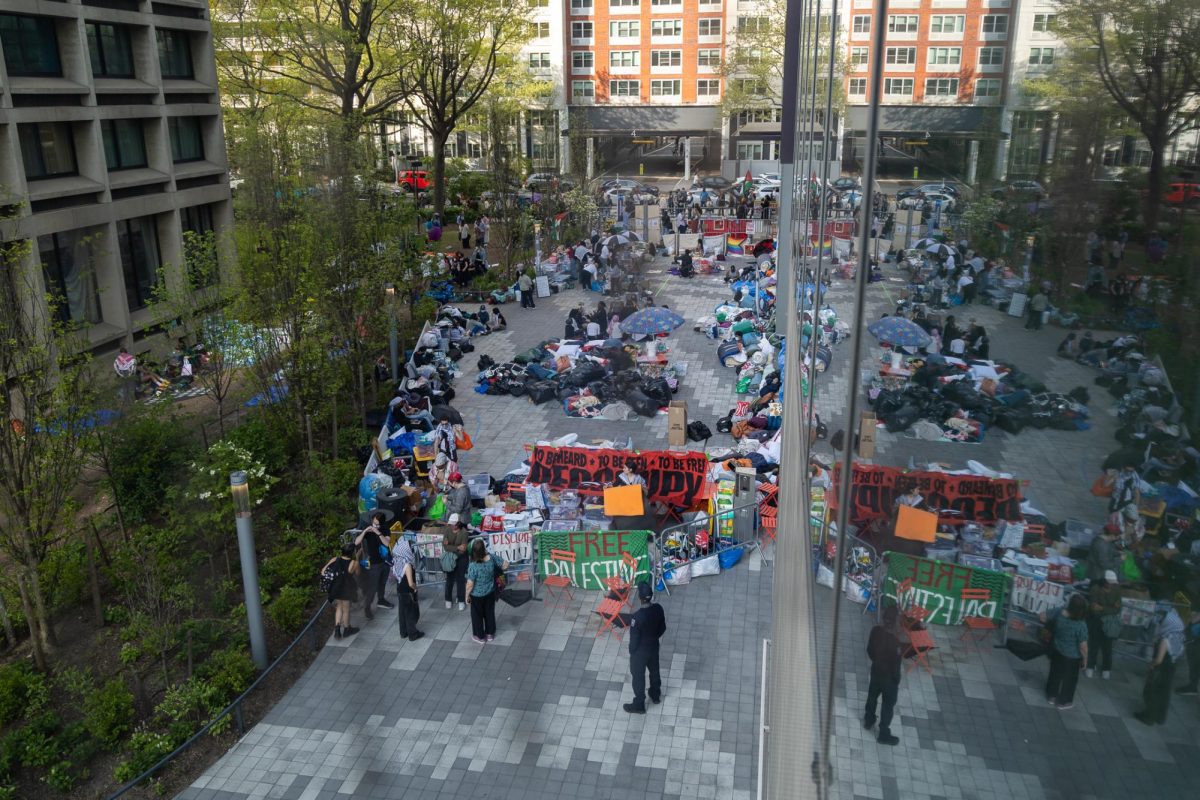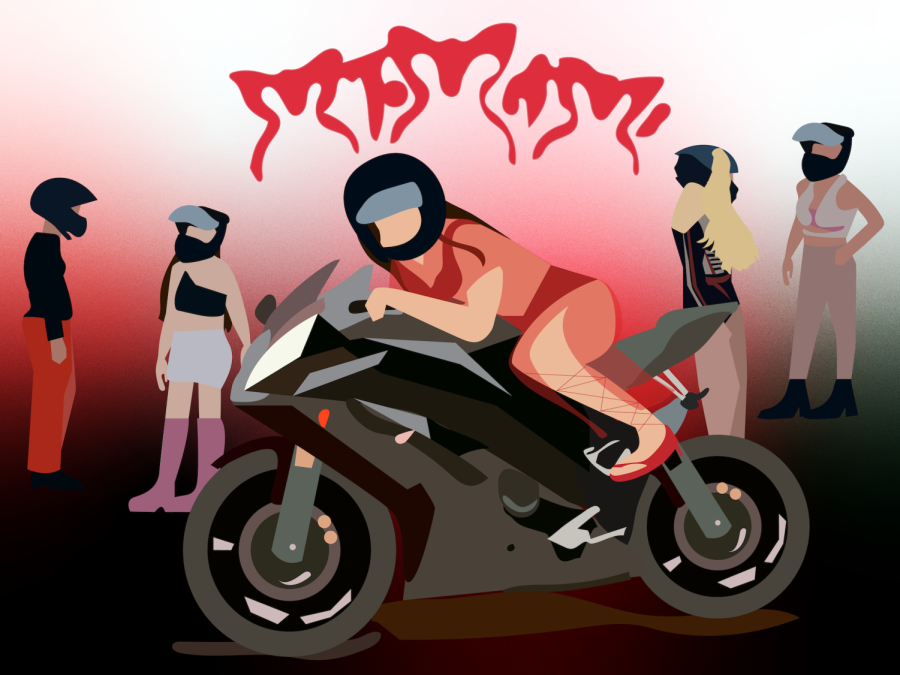Review: Rosalía’s ‘MOTOMAMI’ is a feminist manifesto
The Spanish artist’s highly anticipated third album came out on March 18.
“MOTOMAMI” is the third and latest studio album by Spanish singer-songwriter Rosalía. The album is acclaimed for its avant-garde and experimental expression of femininity. (Staff Illustration by Susan Behrends Valenzuela)
March 30, 2022
Rosalía has introduced the world to a new philosophy in which domineering motorcycles stand for liberty, vibrant red graffiti for power, hypnotic butterflies for transformation and Rosalía herself for infinity. Her new notion of being a Motomami carries the liberating energy of unapologetically upholding female power.
Rosalía’s mother, an avid motorcyclist, was the artist’s original muse for embracing both the vehicle — often associated with masculinity — and her own powerful femininity. The new album balances charm with anarchy, intimate anecdotes with universal messaging, and experimental production with the stylings of musical traditions.
Almost four years have passed since the release of “El Mal Querer,” the groundbreaking experimental album that catapulted Rosalía to stardom through her bold and contentious combination of flamenco and reggaeton. Ever since, she has been constantly experimenting with new genres, such as bachata and electrónica, through her collaborations with Travis Scott, Bad Bunny and Arca, among others.
In the highly anticipated “MOTOMAMI,” the artist extends her wings and fuses an even greater selection of genres. She balances aggressive beats and sing-rapping with delicate, classically sung melodies to express the multiplicity of her style.
Its imposing lyrics and aesthetics have made “MOTOMAMI” an avant-garde feminist manifesto, showing the versatile expression of femininity. This album is her most personal yet, as every track explores a different fraction of herself, and the 16 tracks amount to an impressionistic self-portrait.
The album begins with a braggadocious Rosalía asking “Chica, ¿qué dices?” (Girl, what are you saying?) above a jazzy riff in the track “SAOKO.” Rosalía pays homage to the classic “Saoco” by Daddy Yankee and Wisin by incorporating a sample from it over distorted and danceable beats. Doing so, Rosalía takes control of the narrative behind the male-dominated genre of reggaeton by inserting herself into its DNA and breaking it apart.
The defiant start quickly introduces a deep, syncopated, reggaeton rhythmic base. Lyrics alternate between imagery such as “una mariposa” (a butterfly) and the line “yo me transformo” (I transform). Rosalía also incorporates Japanese cultural aesthetics throughout the album.
In “CHICKEN TERIYAKI,” Rosalía riffs on all her material pleasures: Japanese food, jewels, New York City and more. In the song’s music video, she contrasts the innocence of the kawaii aesthetic — characterized by pastel colors and childlike fashion — with reggaeton choreographies and hulkling motorcycles.
The pinnacle of her reverence, however, is “HENTAI.” This track is a Disney-esque ballad tackling her sexuality, consisting of only a piano and Rosalía’s airy voice. The vulnerable yet explicit lyrics illustrate her playful intention to create a conspicuously sexual song that is both delicate and beautiful. For instance, she sings “Te quiero ride como a mi bike” (“I want to ride you like my bike”) and relates sex to poetic similes. This stylistic choice reflects a deeper appreciation, as the track embraces both overt sexuality and the artistic beauty and labor that goes into making the explicit manga.
In contrast to the fiery outspokenness of other tracks on the album, Rosalía writes a heartfelt letter to her separated relatives in “G3 N15.” This melancholic track uses slow, synthesized chords that intensify as Rosalía’s voice sporadically crescendos and distorts. The lyrics elegiacally mourn her two-year absence from home while she worked on “MOTOMAMI.” The most personal part of the song is the final few minutes, during which a voice message from Rosalía’s grandmother in Catalan plays over a lullaby-esque chord progression.
The intimate message ends with what translates to “You’re taking a path that is a bit tricky / When I look at it I think ‘How complicated is / the world Rosalía has gotten into’ / But well, if you’re happy, I’m happy too.”
An equally personal relationship Rosalía mentions in the album is the one between her and God. Throughout the album there are scattered allusions to him, as he is a spiritual center to the artist.
Despite the chaotic presentation of her identity and what encompasses a Motomami, she returns to her faith as a humbling reference point. In “SAOKO,” she says, “Yo manejo, Dio’ me guía” ( I drive, God guides me ) and in “CUUUUuuuuuute,” she says, “Keep it cute / Que aquí el mejor artista es Dios” (The best artist here is God).
The Catalan artist has been accused of culturally appropriating flamenco before; now, her tendency to move between culturally specific styles and her collection of Latin category awards have emphasized her divisiveness. When Rosalía is mistakenly thought to be Latin American, her privileged European descent is disregarded, as well as the struggles faced by Latin American artists.
“I cannot think of making music in a right or wrong way,” Rosalía said in a recent interview with The New York Times. “For me, creativity is not about that — it’s not about proper or not proper, correct or incorrect. It’s beyond that. Does it sound free or does it not sound free? Does it sound like it has urgency and it comes from need or not?”
For the sake of artistic freedom, Rosalía refuses to limit herself. However, as she fails to acknowledge the inspirations she takes from other cultures, she disregards the colonial pain Latin Americans and the Spanish Romani people have in their culture.
Motomami, as a concept, is a limitless definer of personal transformation, challenging the listener to find harmony in contrasting aesthetics and styles. In sharing her truth, Rosalía hopes for people to embrace the vastness of their own potential and power. “MOTOMAMI,” as an album, is both an impression of the artist and a guide to liberating oneself by becoming a Motomami.
Contact Sara Vargas at [email protected].







